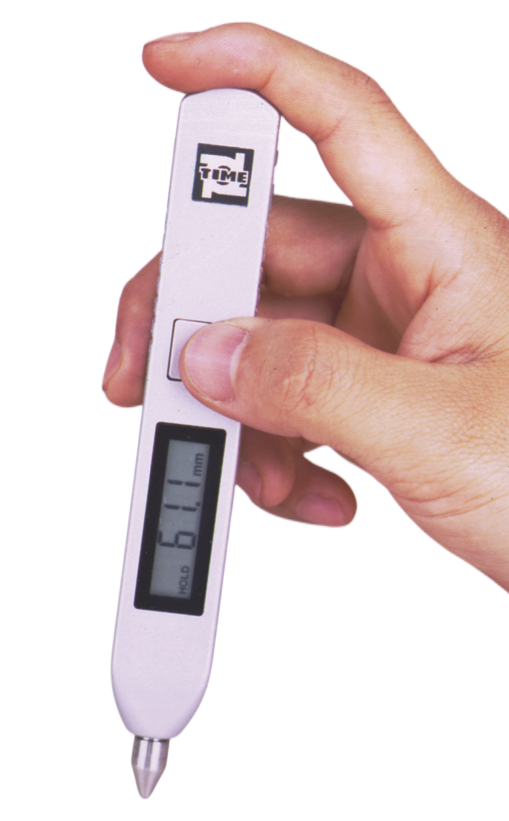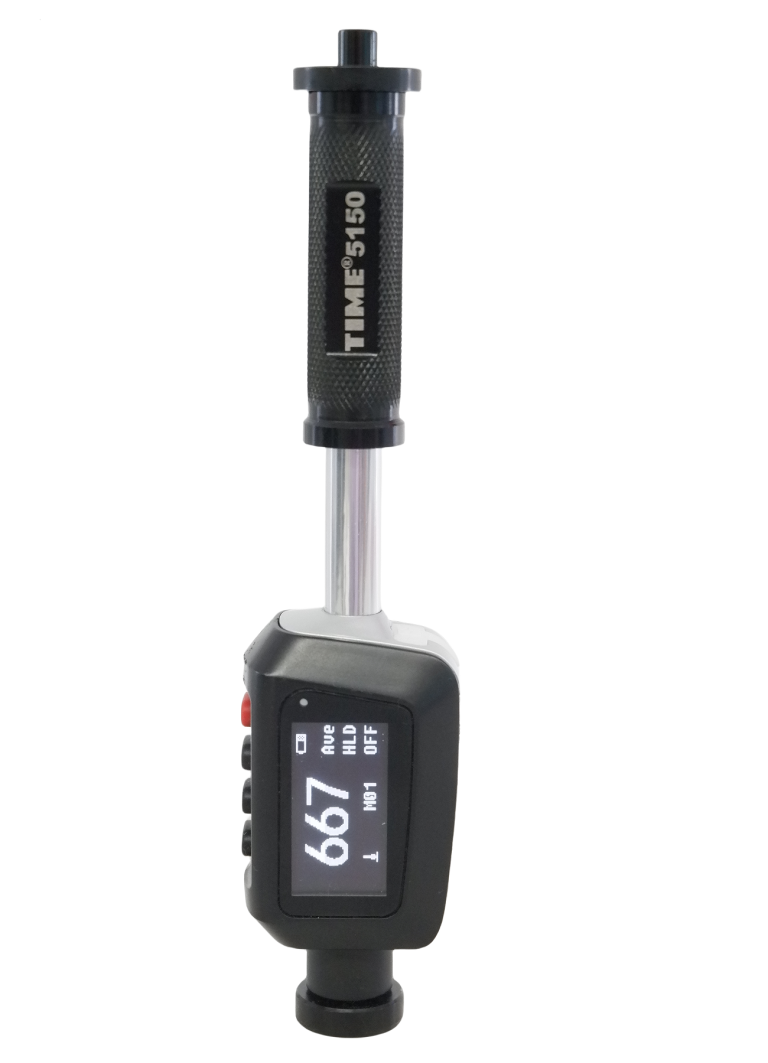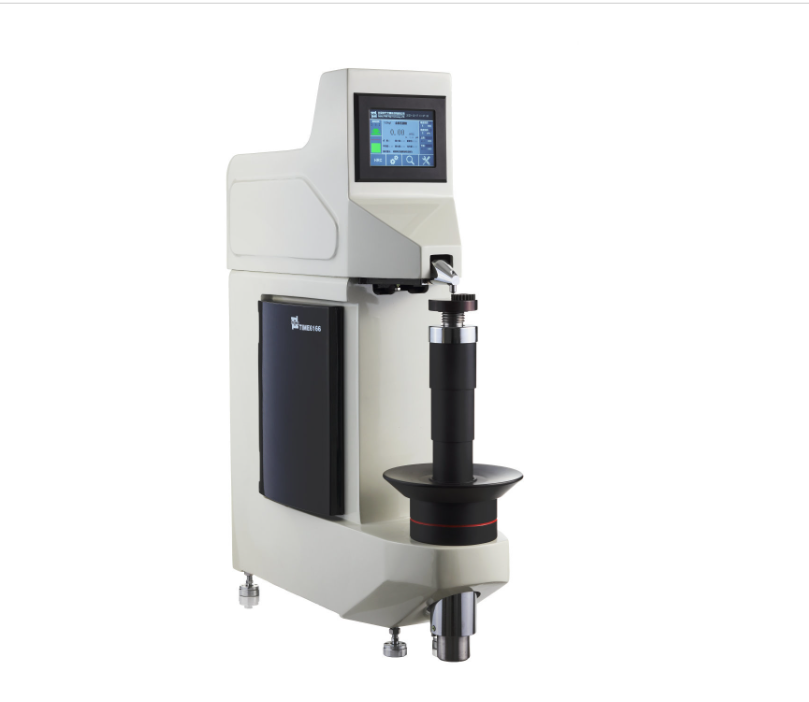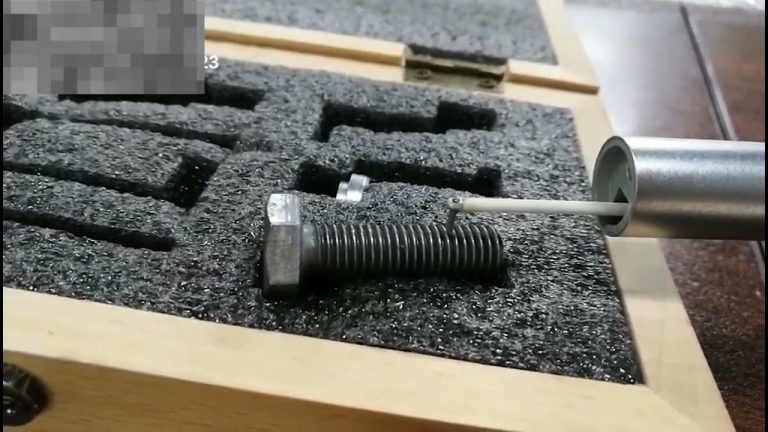Vibration meters are often used in machinery manufacturing, electric power, smelting, vehicles and other fields. In addition, it is often widely used for quick inspection of bearings, gears, motors, fan machine tools, etc., and preventive inspection of mechanical equipment failures.

1. The basic principle of the vibrometer:The vibrometer uses a piezoelectric acceleration sensor to convert the vibration signal into an electrical signal. Through the processing and analysis of the input signal, the vibration acceleration, velocity, and displacement values are displayed, and the corresponding measured values can be printed out by a printer.
2. Vibration meter scope of application:The vibrometer is suitable for routine vibration measurement, it can not only measure the vibration acceleration, velocity, displacement, but also can print out.
3. How to use the vibrometer:Today’s vibrometers generally adopt piezoelectric type, and there are roughly two types of structure: ①compression type; ②shear type.
The specific usage method of the vibrometer is introduced as follows:
(1) Selection of measuring points for the vibrometer: use the vibrometer to test the bearings and axial end points of the main equipment, and provide an on-site inspection record sheet, and each measuring point must correspond to each other.
(2) Measurement cycle: When the equipment is just overhauled or close to overhaul, it needs to be tested once every two weeks; during normal operation, it should be tested once a month; if there is a significant change between the measured value and the last measured value, the test density should be strengthened, In order to prevent sudden accidents and cause downtime.
(3) Judgment basis for measured values: refer to the international standard ISO2372. Speed: 600~1200r/min, vibration measurement range: 10~1000Hz. Usually, when the equipment is in normal operation, the detection speed value is in the range of 4.5-11.2mm/s (units above 75kW) for monitoring purposes, and if it exceeds 7.1mm/s, it is necessary to consider arranging major repairs. In addition to considering the motor capacity of the equipment, the determination of this value should also consider aspects such as strong work continuity, high safety and reliability.
In short, the use of the vibration meter in conjunction with other testing instruments is beneficial to the analysis of the operating status of the equipment. For example, the vibration meter can be used in conjunction with oil quality analyzers, motor fault detectors, and alignment instruments to more accurately judge the operation of the equipment.







